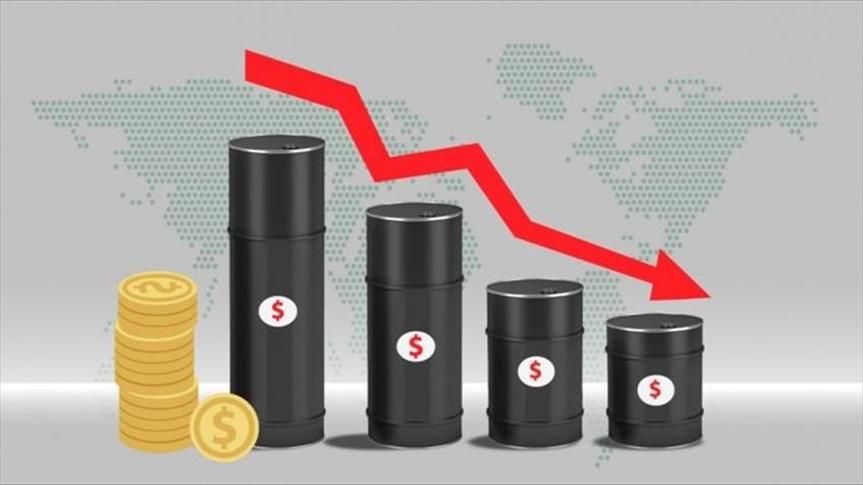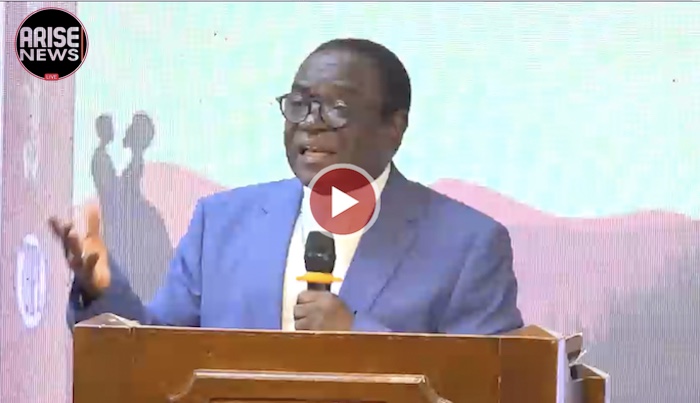
Producers’ alliance signals caution for early 2025 as Russia faces export limits; markets await U.S. inventory data….
Oil prices edged lower on Tuesday after the Organization of the Petroleum Exporting Countries and its allies, OPEC+, announced plans to pause production increases in the first quarter of 2025, signaling growing concern over potential oversupply in the global market.
By 5:05 a.m. West Africa Time (WAT), Brent crude futures slipped 15 cents, or 0.2%, to $64.74 per barrel, while U.S. West Texas Intermediate (WTI) crude eased 14 cents, or 0.2%, to $60.91 per barrel. The OPEC Basket price also dropped 0.26 cents (0.39%), settling at $66.72 per barrel.
The decision followed a Sunday meeting where the group agreed to proceed with a modest output increase for December, but to suspend any further hikes through the first quarter of next year.
Since April, OPEC+ has raised production targets by roughly 2.9 million barrels per day (bpd) about 2.7% of global oil supply but has gradually slowed the pace since October, citing risks of excess supply amid softening demand forecasts.
Producers, Officials Disagree on Oversupply Outlook
Despite OPEC+’s cautious stance, executives from several leading European energy companies have pushed back against the idea of a coming glut. They argue that global demand remains robust and could tighten the market faster than expected.
Similarly, U.S. Deputy Secretary of Energy James Danly expressed optimism, saying he does not foresee a significant oil glut extending into 2026.
Russia’s Sanctions Pressure
Industry sources told Reuters that the decision to maintain current output levels was partly influenced by Russia’s lobbying within OPEC+, as the country struggles to expand exports amid ongoing Western sanctions.
In October, the United States and United Kingdom imposed sanctions on Rosneft and Lukoil, Russia’s two largest oil companies, further restricting the nation’s export capacity and financial flexibility.
Market Eyes U.S. Inventory Data
Traders are now turning their attention to the latest U.S. crude inventory report from the American Petroleum Institute (API), expected later Tuesday, for further market direction.
A preliminary Reuters poll suggests U.S. crude stockpiles likely rose last week, a development that could reinforce bearish sentiment if confirmed.
Context
Oil markets have been volatile in recent months as investors weigh slowing global growth, fluctuating demand forecasts, and ongoing geopolitical tensions. Analysts say OPEC+’s cautious output stance reflects its attempt to balance price stability with member compliance challenges, particularly from nations facing economic and political pressure.



